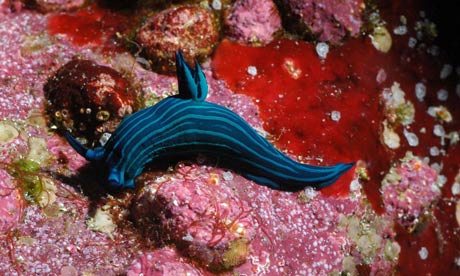According to Canada's
National Post, a humanitarian coalition "warns East Africa faces 'a perfect storm of crop failures, a multi-year lack of rain, conflicts and political turmoil,' which now threatens 20 million people with severe hunger." Fighting in Somalia has driven 1.55 million people to internal camps outside the capital of Mogadishu as well as refugee camps in Ethiopia and Kenya, where the unsanitary conditions of one camp led Oxfam to label it "barely fit for humans."
"For the fourth year in a row, East Africa is in the grip of a devastating drought, which is killing crops, livestock and children, and displacing hundreds of thousands of people," according to the
National Post, which adds that 28 percent of the U.N.-led emergency appeal for $576 million in aid has received funding. One in 10 Kenyans and 4.6 million Ethiopians are in need of food assistance, according to the World Food Program (9/9).
The
New York Times examines the
situation in Kenya, where the "devastating drought ... is stirring up tensions in the ramshackle slums where the water taps have run dry, and spawning ethnic conflict in the hinterland as communities fight over the last remaining pieces of fertile grazing land."
